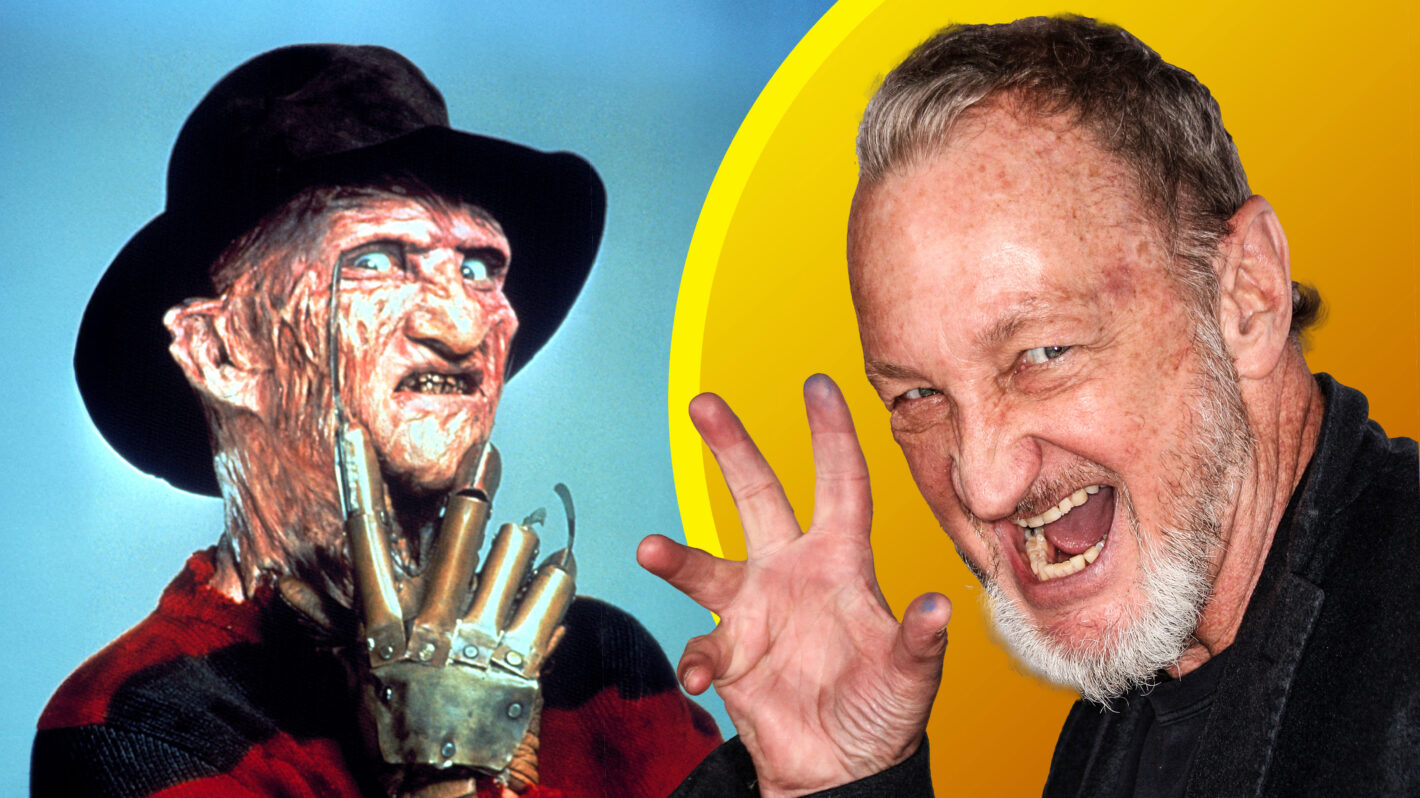Horror Masters: Wes Craven Shares His Favorite Horror Film, Inspiration for ‘Nightmare on Elm Street’ & Voodoo
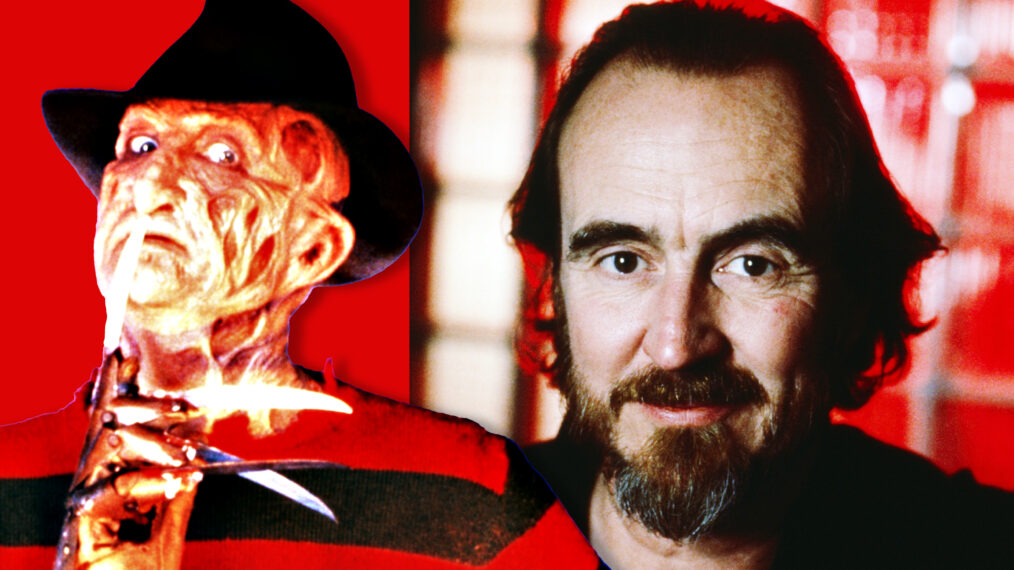
This article ran on our sister site Channel Guide Magazine in 2006 and is just an excerpt; click here for the full interview.
Wes Craven has made an entire generation of moviegoers cringe with such groundbreaking horror films as The Hills Have Eyes, A Nightmare on Elm Street and the darkly humorous Scream series. But Craven never intended to pursue a career making scary movies. As a matter of fact, having been raised in a fundamentalist family in Cleveland, he never even saw any movies at all until he was in his 20s and never saw a horror film until after he made what has become a classic of the slasher genre: The Last House on the Left.
A Nightmare on Elm Street was based on a news story, as I recall, about a group of young Asian men who died in their sleep. But you also commented that it had a philosophical component as well. Can you expand on that?
Wes Craven: There was a Russian mystic, [G.I.] Gurdjieff. I was fascinated by his theory of levels of consciousness. The closer to consciousness you went, the more frightening it became, [until] you were so terrified by reality that you go back down several layers.
A couch potato is a perfect example of somebody who is basically asleep. They’re not thinking of anything that’s really real. They’re immersing themselves in comforting dreams. And as you go up [in levels], you look at the world hard-nosed. And then there are world leaders who look at the world as blood and guts, and then philosophers and poets. And people start committing suicide up at that level. And then you surrender your ego and you’re relieved.
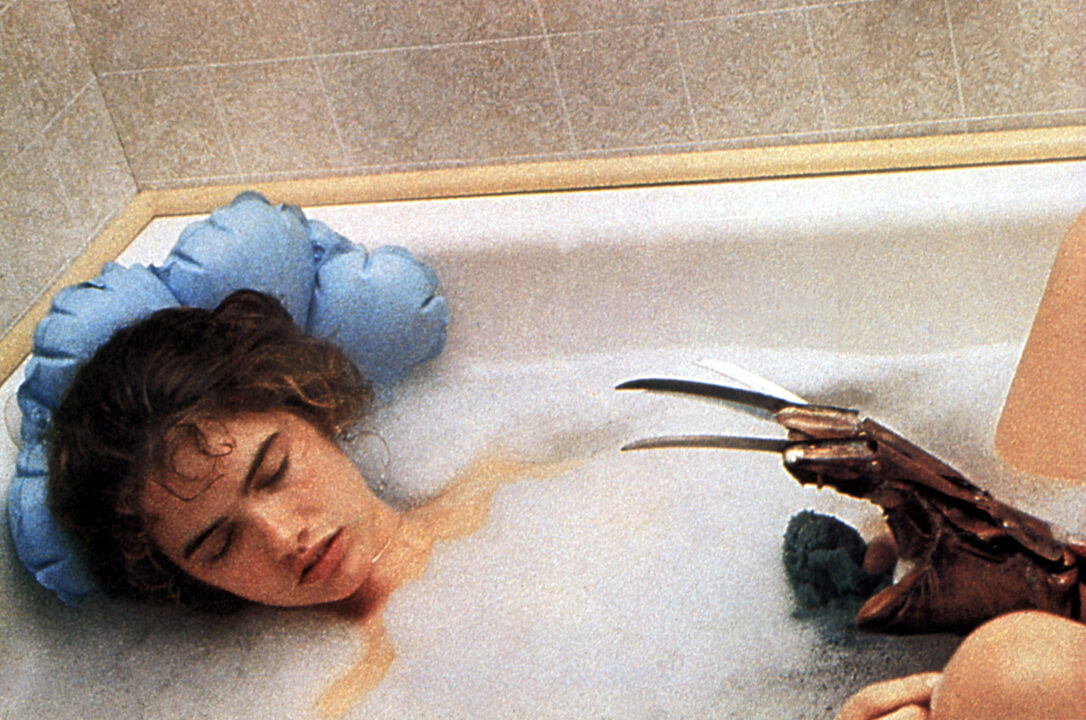
New Line Cinema/Courtesy Everett Collection
That’s the character of Nancy in Nightmare on Elm Street — somebody who knew a painful truth and everybody around her said, “Don’t go there. It’s not true. You’re making this up.” Actually, these were the people, especially the parental figures, who had created this thing by murdering [Freddy Krueger].
You know, I just think George Bush Sr. said these are nutcases talking about the environment and global warming. And, you know, his generation was the one that killed Freddy Krueger. They’re the ones that cut all the corners, all the moral and ethical limits, so they could keep making this money selling this oil. And now their grandchildren will inherit the Freddy Krueger part of it. It’s very relevant in a strange way. It’s very, very relevant.
I recall that The People Under the Stairs was noted by some critics to be a dark satire on the Reagan era. Were the critics reading more into the film than you intended?
Again, that was based on a news story that happened in Santa Monica, California. A Black guy broke into a local home and the person next door saw him and called the police. So the police come out and surround the house and, sure enough, they hear sounds behind a door that had been barricaded. So they break open the door and they find two or three children — I’m not sure how many there were — who had been kept there their entire lives by these white-bread people … who could not cope with the exuberance and chaos of children. So they keep them locked up and completely dominate them and rob them of their own lives. For me that was the paradigm of the white horror with people of color, especially people in the ghetto … this fear of the life force of the younger generation, and of people who are different from us.
To me it’s always been really fascinating how horror films can so easily talk about things that are very complex social issues as long as [it’s] basically simple in representation. Just a couple of people, teenagers and their parents, and you can talk about things that are important to our culture.
Wes Craven Talks Horror Inspirations

Universal/courtesy Everett Collection
What inspired you to choose making terrifying films for a career?
Absolutely nothing. I had no intention of doing this, and I’m serious. I had come very late to watching movies at all because my religious upbringing forbids that. And I really didn’t start seeing movies until my 20s, and the force of cinema just struck me so hard. And it wasn’t horror films; it was kind of European new wave films, [and] I just quit my job and went to New York to learn how to make movies. I was thinking I’d make movies like [Ingmar] Bergman or [Federico] Fellini or whatever, with totally my head up my butt since I didn’t know anything about anything. About a year into sweeping floors, somebody offered me a job on a little film. In the course of working on it, I just kept getting more and more responsibility. … It was two guys making the film, and one guy left and it was just me and the producer, Sean Cunningham (Friday the 13th). At the end, it made money for the investors. It cost $70,000 and they said, “We’ll give you $90,000 to make a scary movie.” And Sean said to me, “You want to make movies. Write something scary and, if they like it, we’ll make it. You can direct it and we’ll cut it in the office and we’ll have a lot of fun.”
And I told Sean, “I don’t know anything about writing scary.” And he said, “You were raised fundamentalist — just pull all the skeletons out of the closet. That’s how Last House on the Left was made, and it was really made … laughing and scratching. We didn’t take it terribly seriously. We did it in a way that established a lot of themes that run through all my pictures. And it came out and made a lot of money and also offended a lot of people So the only way I could make another movie turned out to be to make another scary movie, because everybody else thought I was reprehensible. Off I went and made The Hills Have Eyes, and then I was typecast. At that point it was just about: Here I am. I can make movies but they have to be scary. So let’s explore. Let’s see what we can do with this genre and still have fun.
Of your body of work, do you have a favorite, and what is it?
I don’t have any favorites. Every movie you love dearly and then you are off making another one and kind of forget it. But certainly Nightmare on Elm Street I like because I wrote and directed it. Those I wrote and directed I’m a little more fond of just because they are purely me. But Scream was great, a true trilogy and the only time I’ve done a true trilogy. … The Serpent and the Rainbow was kind of life-altering because it was done in such an exotic and strange locale.
Where did you shoot Serpent?
We shot it in Haiti for all of our exteriors, which was quite dicey. It’s not a safe place. We went to the Dominican Republic after, to do the night shots, except for the big procession at night, which we also shot in Haiti.
You did an accurate portrayal of voodoo, especially the dark and light sides of it. How much research did you do?
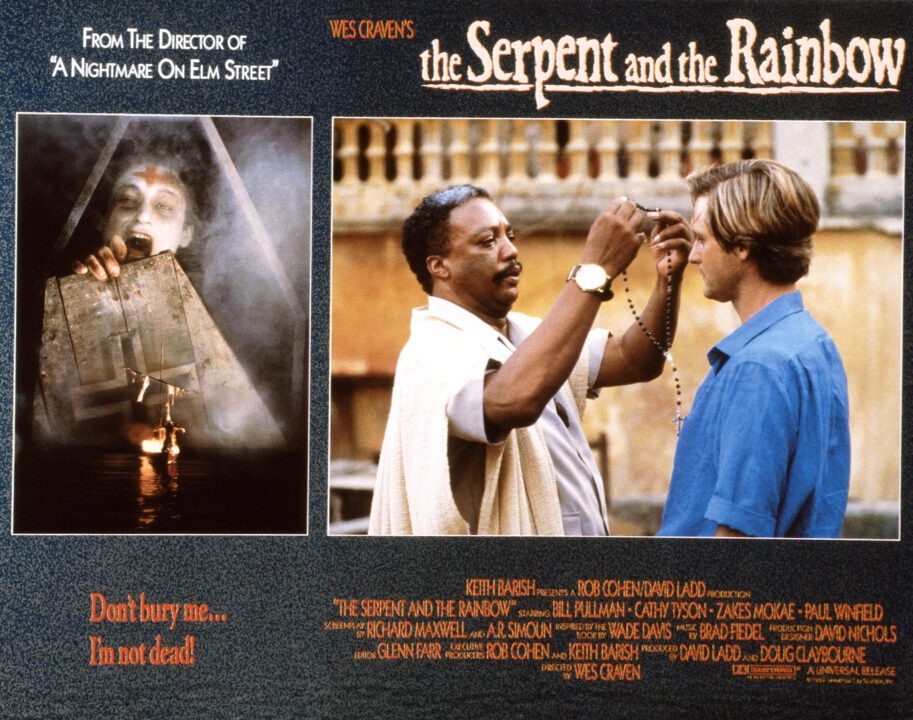
Universal/courtesy Everett Collection
I read everything I could on voodoo and [discovered] that it’s a religion, not just mumbo jumbo and, like all religions, it covers all facets of human life from burials to the planting of crops. The creation of zombies is a very thin slice of it. … So we went to Haiti, but the real key man was Wade Davis, the writer of the book, who is a scientist and a poet. He had gone to these places and done the things which were in the book. He was there during the shooting of the movie, and the people in Haiti knew him. So we got into places no white guy except Wade has ever been in before.
We’d go into a town and guys would start coming out of the shadows and coming toward us and looking like we’re dead. Then Wade would get out of the car and they’d stop and smile, and he’d go over and give them some secret handshake and they’d wave us in and we got into all these spots that are completely hidden from any outsiders. Wade Davis … went in and lived with the people and learned all the processes in a nonjudgmental way, so when we went in we were benefactors of all that incredible experience he already had.
What Scares Wes Craven
What is your favorite scary movie?
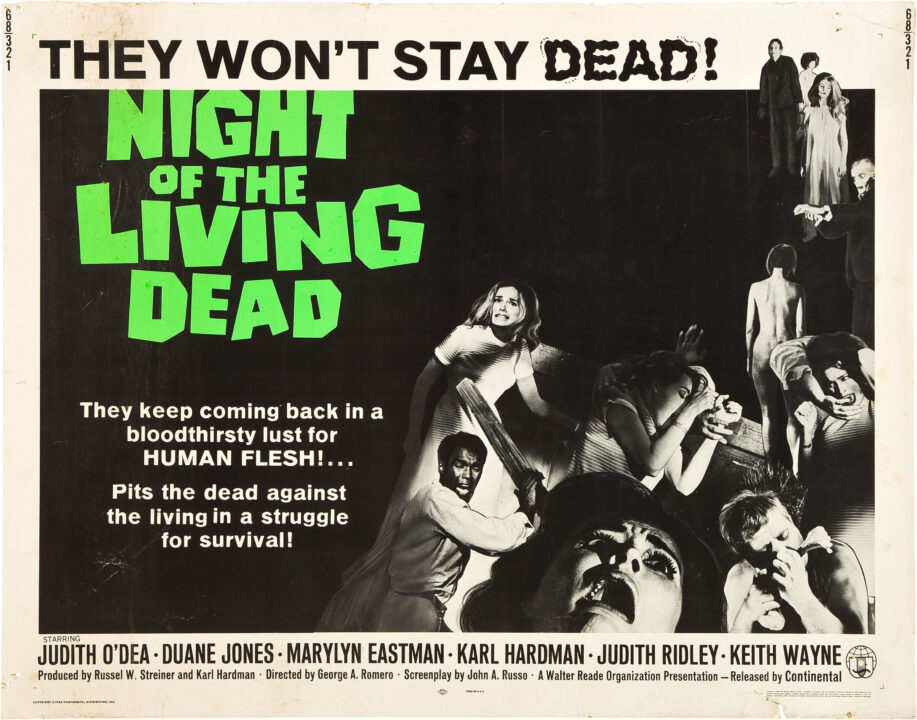
Everett Collection
The Texas Chain Saw Massacre and Night of the Living Dead were the two I first saw when I went to New York, and that’s when I really discovered these types of films. They were interesting. Night of the Living Dead had a sense of humor about it and also a political point of view, and it was really fascinating to me that there was somebody smart in there and he had a worldview and here it is in this crazy, scary movie.
Texas Chain Saw seemed to be so completely free of any sense of Western civilization or boundaries or sanity or propriety that it has this primal force to it that was just incredible. I literally was crouching behind the seat in front of me in a theater on 42nd Street, not knowing — I don’t know what — if my soul was going to be dragged onto the screen.
>>Horror Masters: 5 Things You Didn’t Know Tobe Hooper Directed
How old were you when you were first really frightened of something, and what was it?
The man next door raking leaves on our front lawn. He fell over and died. I was 4 years old watching there, and bang.
But literally, the month I was born Hitler invaded Poland and the first five years of my life had that tonality of World War II going on, and me realizing dimly as a child that the world was trying to kill itself. … My uncle came back and talked about being on one of those landing barges and the barge in front of him got hit and there were bodies flying everywhere. He had this tic he never lost for the rest of his life. And also [I remember] being taken to see something called telenews, a black-and-white newsreel that played in special theaters. My foster father would take me to see these films of Europe being blown up and people dying. You realize that grownups can be very, very scary.
I didn’t see movies, but I saw newsreels, and those are twice as scary.
Who is your hero, the person who inspired you to become who you are today?
A tough one. There are half a dozen guys. Certainly all the great European filmmakers making films when I was watching movies. Certainly [Alfred] Hitchcock. And then a guy whose picture I still have up on my wall, John Huston. I just think he had a wonderful sort of wisdom and humanity about him that was wise and smart and tough, and he sort of became my father figure.

Frankenstein
October 2024
Frankenstein’s monster has haunted us onscreen for nearly 100 years. Celebrate the O.G. creature in the movies and culture.
Buy This Issue
